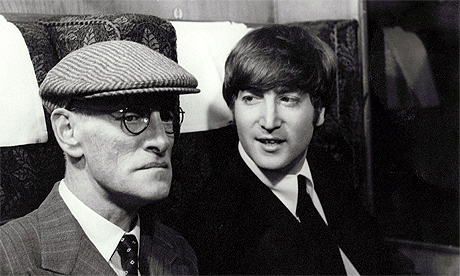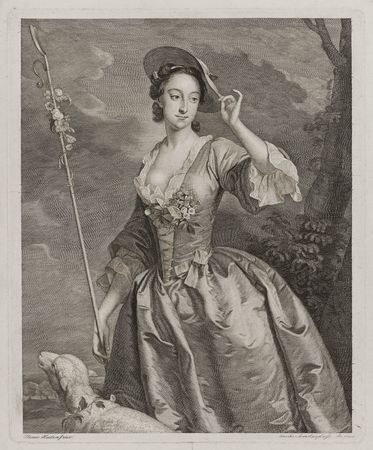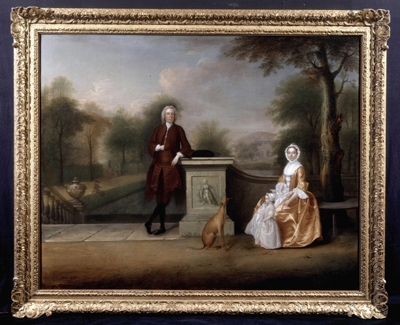Advertisement
Help Keep Boards Alive. Support us by going ad free today. See here: https://subscriptions.boards.ie/.
https://www.boards.ie/group/1878-subscribers-forum
Private Group for paid up members of Boards.ie. Join the club.
Private Group for paid up members of Boards.ie. Join the club.
Hi all, please see this major site announcement: https://www.boards.ie/discussion/2058427594/boards-ie-2026
The Green & the Greasepaint -Ireland & Hollywood *Mod warning 1st page*
-
09-07-2010 11:15PM#1
Comments
-
-
-
-
-
-
Advertisement
-
-
-
-
-
-
Advertisement
-
-
-
-
-
-
-
-
-
-
-
Advertisement
-
-
-
-
-
-
-
-
-
-
Advertisement
-
Advertisement

 https://www.youtube.com/watch?v=ZyPrT5NLDUs
https://www.youtube.com/watch?v=ZyPrT5NLDUs

 https://www.youtube.com/watch?v=HBBl2yjPjfE
https://www.youtube.com/watch?v=HBBl2yjPjfE


 https://www.youtube.com/watch?v=wVlF-vqePxg
https://www.youtube.com/watch?v=wVlF-vqePxg https://www.youtube.com/watch?v=mcz9WkIspe4
https://www.youtube.com/watch?v=mcz9WkIspe4







